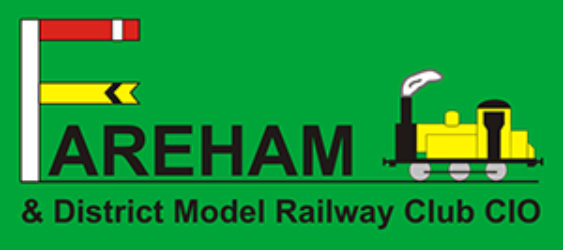Model railways have long captured the imaginations of hobbyists, young and old alike, with their intricate landscapes and meticulously crafted locomotives. Digital Command Control (DCC) has revolutionised the model railway scene in recent years, offering enthusiasts unprecedented control and realism in their layouts. In this article, we’ll delve into the world of DCC model railways, exploring the technology, advantages, and immersive experience they bring to hobbyists.
Understanding DCC:
Digital Command Control, or DCC, is a system that allows multiple model trains to be controlled independently on the same track. Unlike traditional analogue systems, where the power and commands are sent through the tracks themselves, DCC uses a digital signal to communicate with each locomotive individually. This means that each train on the layout can be operated independently, allowing for greater control and flexibility.
Advantages of DCC Model Railways:
- Individual Train Control:
One of the primary advantages of DCC is the ability to control each locomotive independently. As mentioned in previous articles, traditional analogue systems often require complex wiring and separate power supplies for each train, limiting the ability to control them individually. With DCC, each locomotive is equipped with a unique decoder, enabling precise control over speed, direction, and other functions. Think of this decoder as the address that relates specifically to that train.
2 Realistic Operation:
DCC enhances the realism of model railways by allowing for more nuanced control. Enthusiasts can simulate real-world operations, such as acceleration, deceleration, and dynamic braking. This level of detail adds a new dimension to the hobby, making the model railway experience more immersive and satisfying. - Multi-Train Operations:
DCC excels in layouts featuring multiple trains. With the ability to control each locomotive independently, hobbyists can create realistic and dynamic scenarios, coordinating the movements of various trains on the same track. This feature particularly appeals to those interested in creating more extensive and complex layouts. - Advanced Functionality:
DCC decoders can control various functions beyond basic speed and direction, such as lights, sound effects, and even animation on some models. This advanced functionality allows hobbyists to customise and enhance the details of their layouts, bringing an added layer of authenticity to their miniature worlds. - Reduced Wiring Complexity:
Traditional analogue layouts often required intricate wiring to control multiple trains independently. DCC simplifies this process, reducing the need for complex wiring and making it easier for hobbyists to set up and expand their layouts. - Compatibility and Standardisation:
DCC has become a standard in the model railway industry. This means that DCC-equipped locomotives and accessories from different manufacturers are typically compatible, providing enthusiasts with a wide range of choices and ensuring a consistent experience across various brands.
Digital Command Control has transformed the landscape of model railways, offering enthusiasts a level of control, realism, and customisation that was previously unimaginable. The advantages of DCC, including individual train control, realistic operation, multi-train operations, advanced functionality, reduced wiring complexity, and compatibility, make it an appealing choice for hobbyists looking to take their model railway layouts to new heights. As technology advances, the world of DCC model railways will evolve further, providing even more exciting possibilities for enthusiasts to explore.

